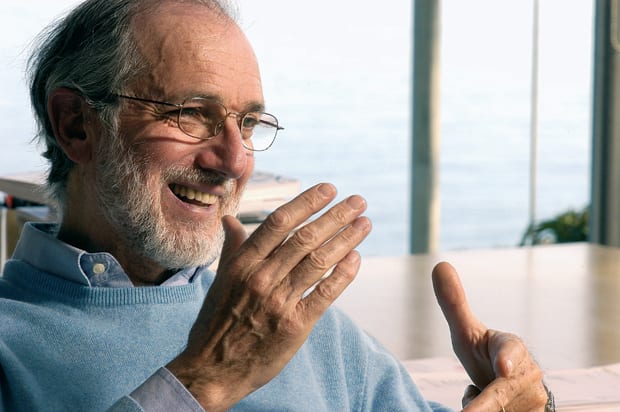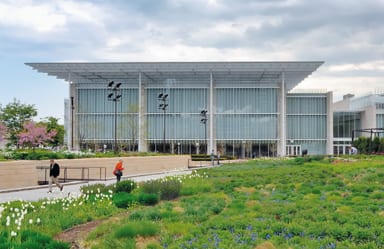
words Johanna Agerman
The architect that every American museum has on speed-dial has just ticked off another city with the extension to the Art Institute of Chicago. Isn’t he being typecast? He says not.
Everyone has said that this building is the product of Chicagoans’ civic pride. Why do you think they asked you, a European architect, to design it?
Because we are more inclined to think about buildings not just as objects but as things that communicate with the city.
Can you elaborate?
Well, they invented lightness here. Look around in Chicago and you find all those buildings that are so light and so vibrant, I wanted to bring back that kind of fragility. It is in some way the opposite to the stubbornness of the [original] Beaux Arts building. So it’s a building that is not separate from the city. It’s about civic pride and accessibility, openness and transparency.
So do you think the citizens of Chicago will like it?
Normally when I open a building I hide myself. Well, not really, but I try to understand, stop talking. You have to watch the faces, especially faces of children … So if I judge from them, I think people understand the enjoyment of the building, the pleasure. It’s not a building intimidating people, it attracts them.
You are now one of the most enlisted museum architects in the USA …
Well, first of all I’m not a museum architect because we do most of our work somewhere else. Right now we are doing many things that are not museums – for example, the extension of Columbia University, that is not a museum at all, it’s a school. In Athens we have designed a new library and a new opera house, that is not a museum. We are working in Basel for a big medical research lab, so we are doing other things.
But a lot of the high-profile buildings you have done in the US are museums: the California Academy of Sciences in San Francisco, LACMA in LA and now the new Whitney Museum in New York.
Yeah, that’s true, I’m attracted by public spaces because they are the places that can save cities from a barbarian attitude, they are the places that actually become magnets for people to meet and to enjoy. But we don’t actually do everything offered, we are not mad. Just for this job we did 8,500 drawings and this limits the number of buildings you can do. But museums are beautiful places to design because they are never the same. Unless you’re silly, you don’t fall in the trap of repeating yourself.
So you’re not afraid of repeating yourself?
No, because every time is a different story. Every time you have different people, a different collection, different climate, different town, different background, environment, context. And also because museums are, especially in the last 20 or 30 years, a bit like cathedrals, places that naturally become a meeting place.
But do you sometimes think that the client lacks imagination for asking you?
That’s true but you know, the client selects you and you select the client and you don’t take the ones you don’t believe are good … I’ve been very lucky, because I got very good clients and it’s absolutely clear that without a good client you can’t do a good job. It’s not a stupid compliment to the client, it’s true. Because, you know, making a job takes time. Ten years. That is like crossing the Wild West, with all the possible trials: you can have big rivers, floods, Indians and everything. So you need somebody to love you and protect you and to work with you. And without this understanding, without this support you will never be able to do it well.

















